El B105 en Guadalajara


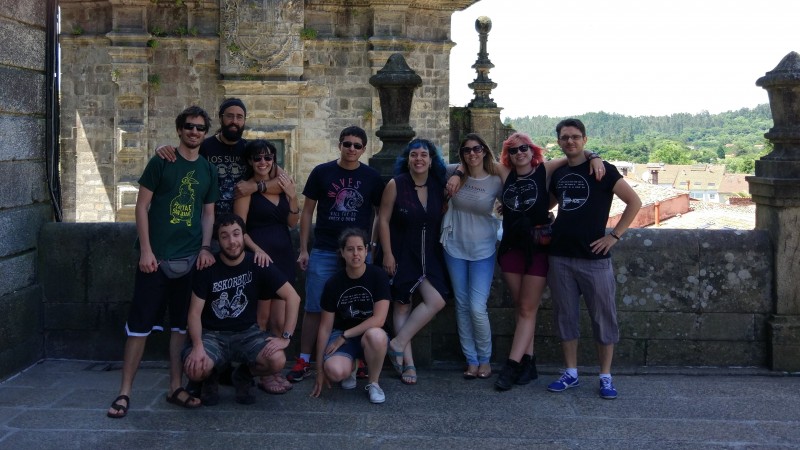
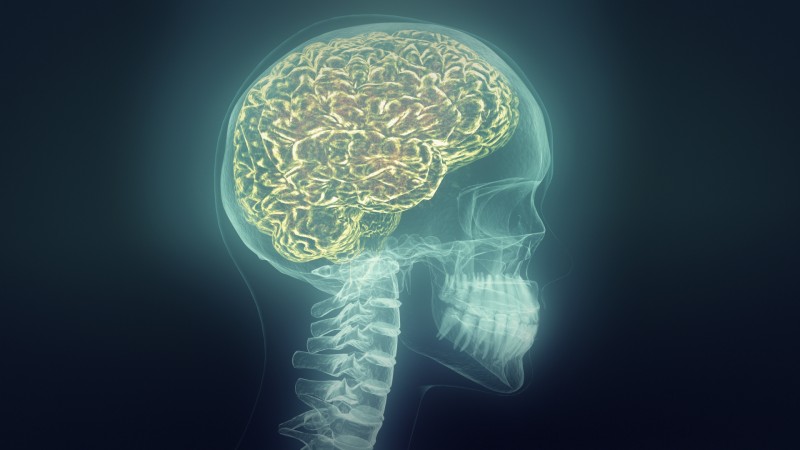
Author:
Gisela Mur Arroyo
Advisor:
Alvaro Araujo Pinto
Synopsis:
Based on Wireless Sensor Networks (WSN),, the Wireless Neural Networks (WNN) appears with the objective to obtain, transmits and generates neural signals as the human body does. In contrast to the WSN, the WNN operates in a very critical boundary conditions. Because of been on the human body, it have to pay special attention to the energy absorption or the thermal damage that can be generate because the constant contact between the sensor and the skin. Therefore, the radiated power is limited in this type of networks.
Therefore, the main objective of this thesis is to obtain a design techniques for the generation of a wireless neural networks that allows to obtain and transmits wirelessly neural signals originated by the nervous system and generate them in another part of the human body.
The neuron generates an action potential or “spike” each time it propagates information. So, this thesis aim to detect a spike in a neuron and transmits it to another node the existence of this action potential. Once the receptor receives the existence of the spike, it generates an electrical stimulation in another part of the human body.

Hace unos días tuvimos la demostración de nuestro proyecto NODUM. Este sistema está pensado para su uso en carreteras o vías donde se están llevando a cabo obras de conservación y exista una mayor probabilidad de encontrar diversas adversidades que pongan en riesgo a los trabajadores o usuarios de la vía.
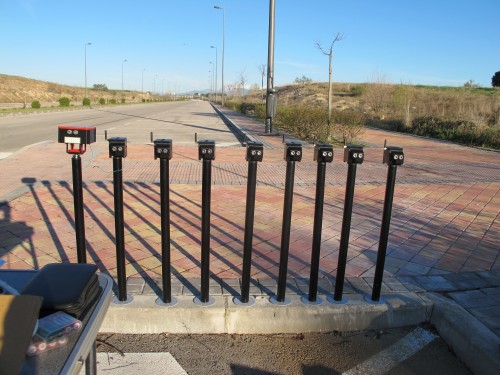
La demostración se llevó a cabo en un escenario de 200 metros en el que se colocaron un total de nueve nodos, ocho nodos sensores y un nodo maestro, colocados en el arcén de la carretera de tal forma que no afectan a la circulación, pero son visibles desde los vehículos.
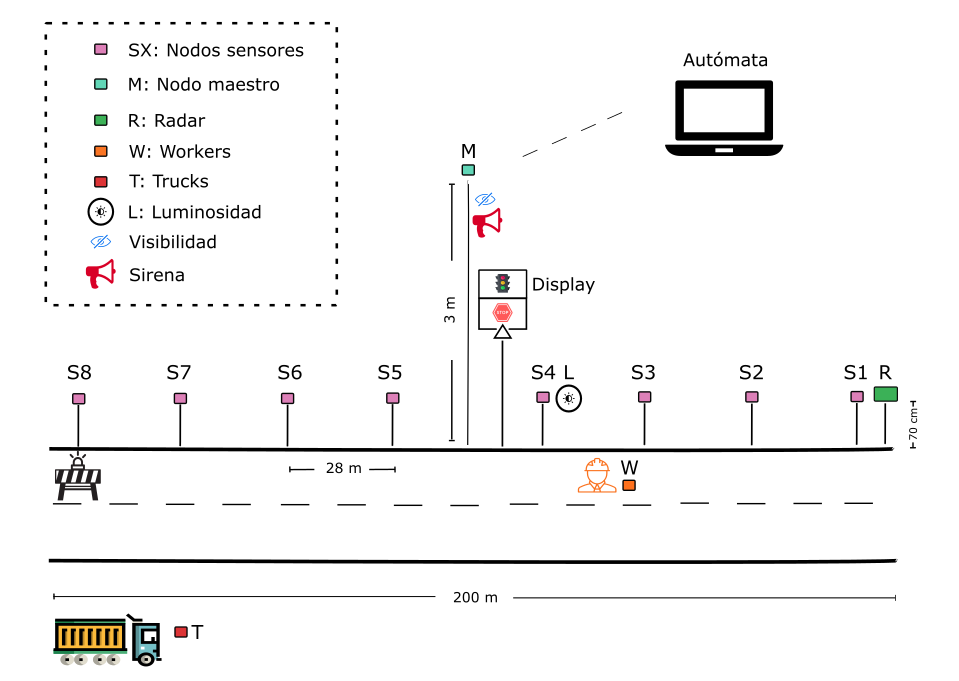
El objetivo de la demostración fue la prueba del funcionamiento de todos los sensores y actuadores que presenta el sistema. Para ello, se realizaron varias pruebas:
Además, se demostró el posible uso de pantallas OLED para la generación de señales modulares y escalables al tamaño que se desee, como se puede ver en la siguiente imagen:
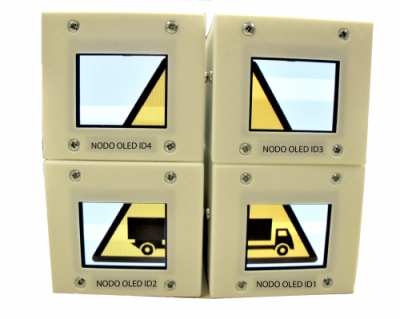
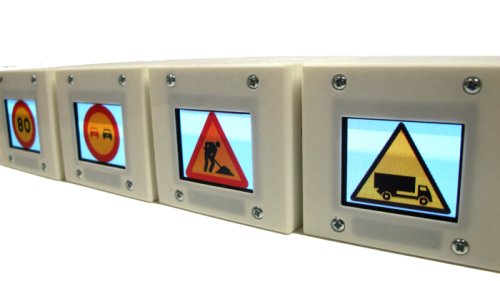
Así pues, tras mucho tiempo de trabajo, ¡concluimos este proyecto con un éxito rotundo! 😀

One of the major problems facing the drivers of different vehicles is the difficulty of anticipate and react to the health-related problems that the operator may have.
For this reason, the goal of this project is the development of a simulator system that allows to prevent and/or report states in the machine operator that can compromise the safety of the people. It will detect physical states (tachycardia, bradycardia, hypoxia, hypotension, etc.) as well as psychics (stress, drowsiness, alertness,etc.).
To achieve this, the system will use biometrics sensors, such as breast bands or weareable bracelets to obtain the measures of heart rate or oxygen saturation. But the main sensor we are interested in is a EEG sensor that sends the raw electroencephalography.
The B105 Electronic Systems Lab. as a representative of Technical University of Madrid(UPM) participates with Valoriza in this innovative research project. To develop it we have the support of the Industrial Technological Center (CDTI) and the Ministry of Economy and Competitiveness.